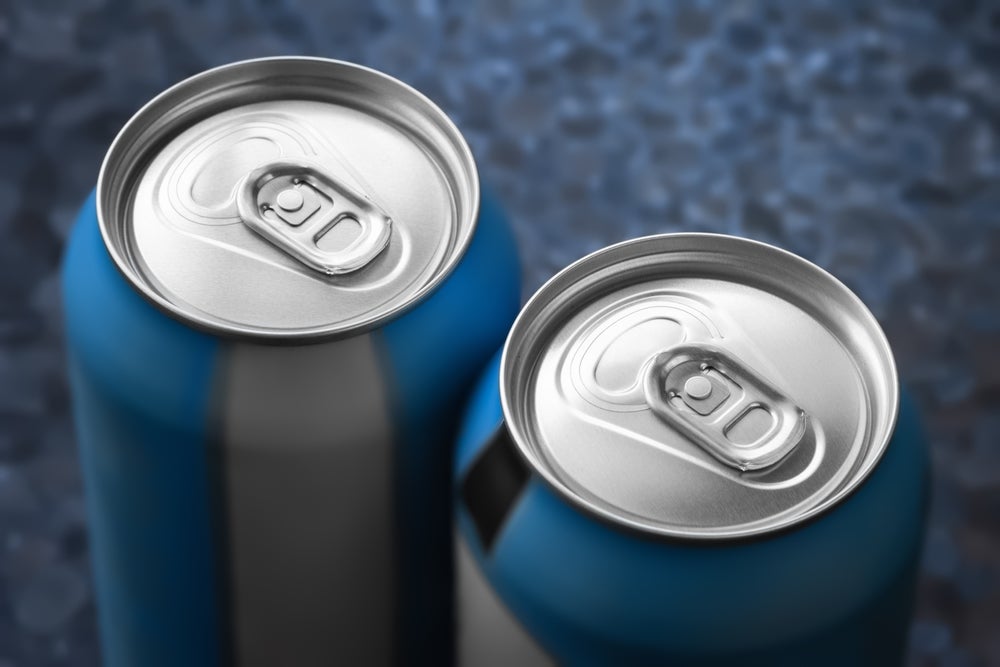Introduction: A New Era of Profitability
In a remarkable shift within the beverage industry, giants like Coca-Cola Europacific and BellRing Brands are redefining profitability by focusing on operational efficiency rather than merely boosting sales volume. This article delves into their innovative strategies, analyzing how these companies are reshaping the industry landscape and setting new benchmarks for financial success.
The Efficiency Revolution
As consumer preferences shift and market dynamics evolve, companies are increasingly recognizing the importance of efficiency over sheer sales volume. Coca-Cola and BellRing are prime examples of this trend, employing a variety of strategies to streamline operations, reduce costs, and ultimately enhance profitability.
Operational Streamlining
Both Coca-Cola and BellRing have invested heavily in technology to optimize their supply chains. By utilizing advanced analytics and automation, they are able to forecast demand more accurately and manage inventory levels efficiently. This not only reduces waste but also ensures that products are available where and when consumers want them.
Product Innovation
In addition to operational improvements, product innovation plays a crucial role in their profitability strategies. Coca-Cola, for instance, has expanded its portfolio to include healthier beverage options, tapping into the growing health-conscious consumer base. This diversification allows them to capture market share without relying solely on traditional sugary drinks.
Cost Reduction Initiatives
Cost management is another critical area where these companies excel. By renegotiating contracts with suppliers and optimizing production processes, Coca-Cola and BellRing have successfully reduced their cost of goods sold (COGS). This strategic approach allows them to maintain margins even in a competitive pricing environment.
Data-Driven Decision Making
Furthermore, both companies leverage big data analytics to inform their strategies. By analyzing consumer behavior and market trends, they can make informed decisions about product launches, marketing campaigns, and pricing strategies. This data-driven approach not only enhances their operational efficiency but also ensures that they are aligned with consumer demands.
Case Study: Coca-Cola’s Digital Transformation
Coca-Cola’s recent digital transformation initiatives exemplify this trend. The company has embraced digital marketing and e-commerce platforms to reach consumers directly, thereby cutting out intermediaries and increasing profit margins. A 2023 report indicated that Coca-Cola’s direct-to-consumer sales increased by 30% over the previous year, showcasing the effectiveness of this strategy.
BellRing’s Strategic Partnerships
Similarly, BellRing Brands has forged strategic partnerships with retailers to enhance its market presence. By collaborating with major grocery chains and online retailers, BellRing has increased its distribution channels, ensuring that its products are readily available to consumers. This strategy not only boosts visibility but also drives sales through increased availability.
The Impact of Sustainability
As consumers become more environmentally conscious, sustainability has emerged as a key factor influencing purchasing decisions. Both Coca-Cola and BellRing are committed to sustainability initiatives that not only improve their corporate image but also yield financial benefits.
Eco-Friendly Packaging
Coca-Cola has made significant strides in reducing its carbon footprint through eco-friendly packaging initiatives. The company’s commitment to using recyclable materials and reducing plastic waste has resonated with consumers, helping to drive brand loyalty and increase sales in the long run.
BellRing’s Commitment to Health
On the other hand, BellRing’s focus on health-oriented products aligns with the growing trend toward wellness. By offering protein-rich beverages that appeal to health-conscious consumers, BellRing has positioned itself as a leader in this niche market, driving profitability without the need for increased sales volume.
Future Outlook: A Sustainable and Profitable Path Ahead
Looking ahead, the strategies employed by Coca-Cola and BellRing Brands suggest a sustainable and profitable path for the beverage industry. As companies continue to innovate and adapt to changing consumer preferences, those that prioritize efficiency, sustainability, and data-driven decision-making will likely emerge as leaders.
Potential Challenges
However, challenges remain. The ongoing global economic uncertainties and shifting regulatory landscapes could pose risks. Companies must remain agile, adapting their strategies to navigate these challenges while continuing to focus on profitability through efficiency.
Conclusion and Call to Action
In conclusion, Coca-Cola and BellRing Brands illustrate how innovation and efficiency can redefine profitability in the beverage industry. As they continue to implement these strategies, other companies would do well to learn from their examples. Stakeholders, from investors to consumers, should remain vigilant and supportive of companies that prioritize sustainable practices and operational excellence.
Join the conversation: How do you think efficiency will shape the future of the beverage industry? Share your thoughts and insights!
See more Business Focus Insider Team

